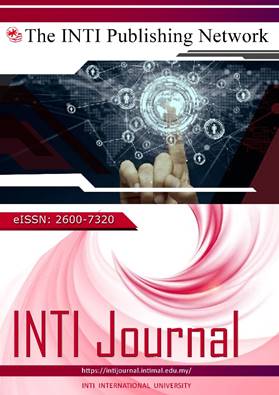A Comprehensive Review on the Role of Warm-Up and Cool-Down in Reducing Delayed Onset Muscle Soreness in Athletes
DOI:
https://doi.org/10.61453/INTIj.202531Keywords:
Warm-up Exercise, Cool-down Exercise, Delayed Onset Muscle Soreness (DOMS), Athletes, Recovery StrategiesAbstract
Delayed Onset Muscle Soreness (DOMS) in athletes results from intense or novel exercise, with associated pain, stiffness, and impaired function 24–72 hours after activity. Traditional warm-up and cool-down exercises have been employed to reduce these effects, but their additive effect is not yet well understood. To provide a comprehensive review of literature from 2017-2025 on the efficacy of warm-up and cool-down strategies in reducing the intensity of DOMS in athletes. An extensive literature search on PubMed, Google Scholar, and manual reference searching was conducted. Randomized controlled trials, systematic reviews, and meta-analyses were included for consideration. PEDro, CASP, and JBI tools were employed to critically evaluate the studies. Twelve studies meeting the inclusion criteria were included. Warm-ups enhanced muscle preparatory state, improved circulation, and reduced risk of injury. Cool-down interventions, including stretching, foam rolling, and cold-water immersion, were associated with reduced muscle soreness and faster recovery. Combination of warm-up and cool-down protocols resulted in greater effects than when delivered separately. Adjuvant modalities such as massage, vibration, and shock wave therapy supported recovery in specific populations. Variability in methodology, small samples, and athlete population heterogeneity limited generalizability of the results. The incorporation of organized warm-up and cool-down routines is essential in DOMS management and athlete recovery. Future research must create standardized, sport-focused protocols, increase methodological quality, and study long-term effects.
Downloads
Published
How to Cite
Issue
Section
License
Copyright (c) 2025 INTI Journal

This work is licensed under a Creative Commons Attribution 4.0 International License.

